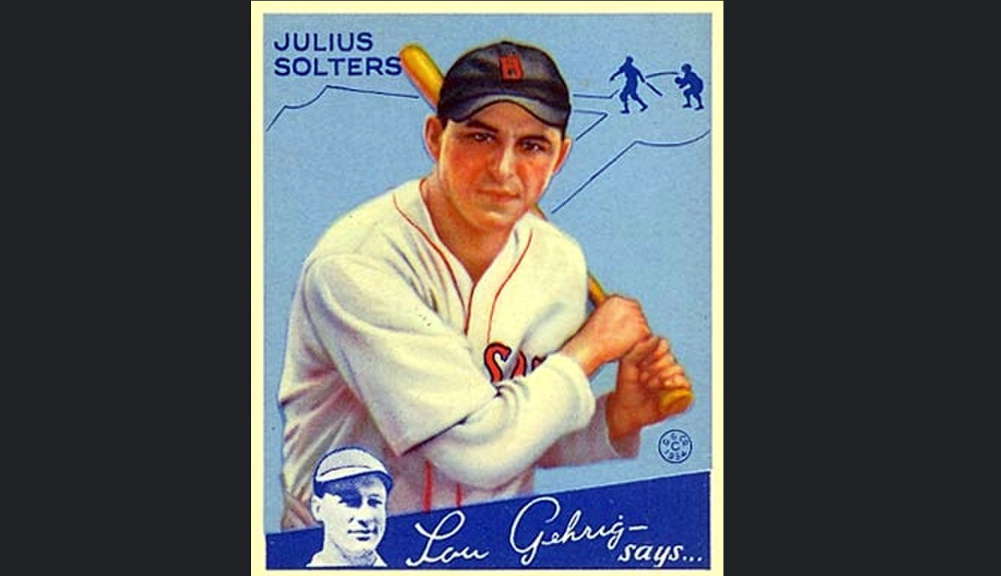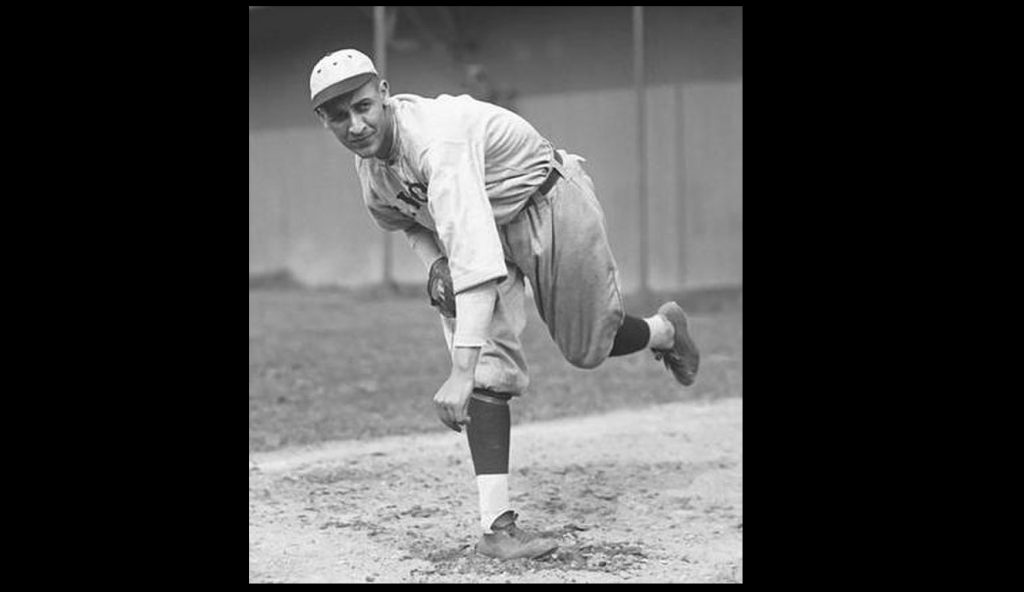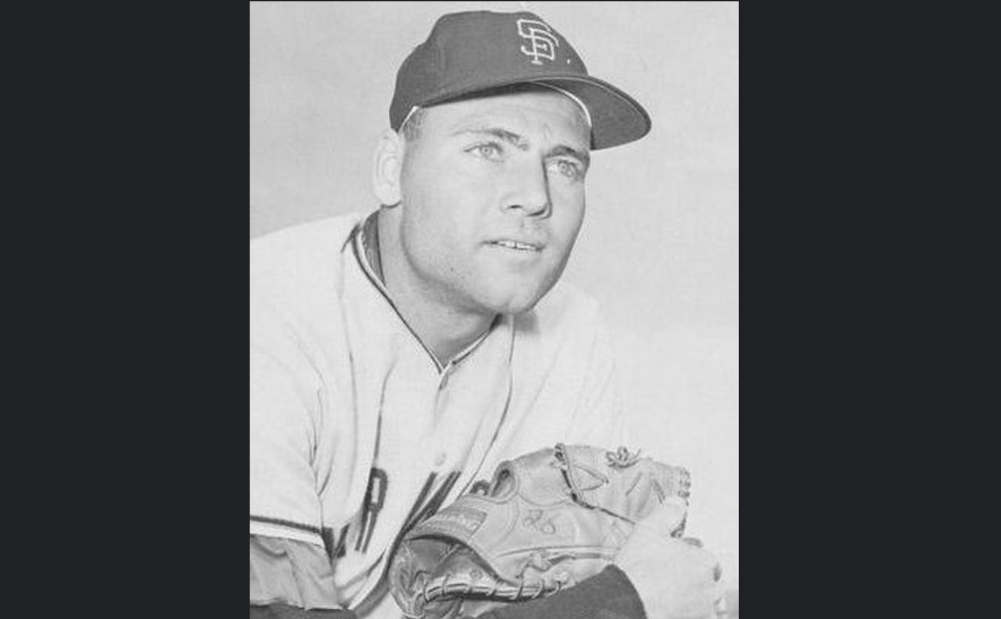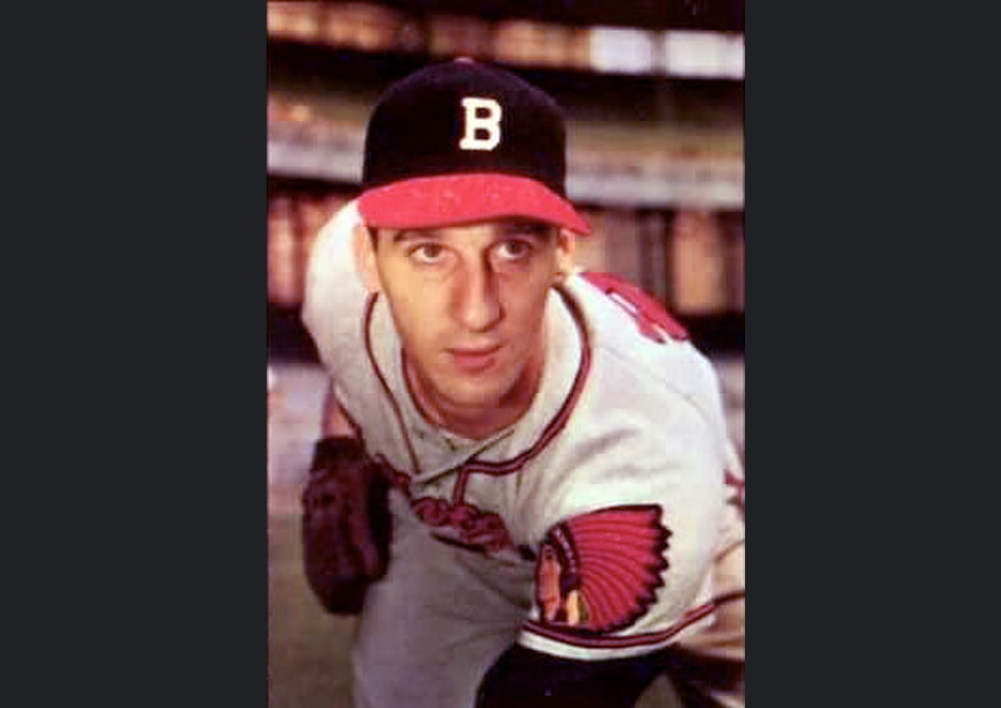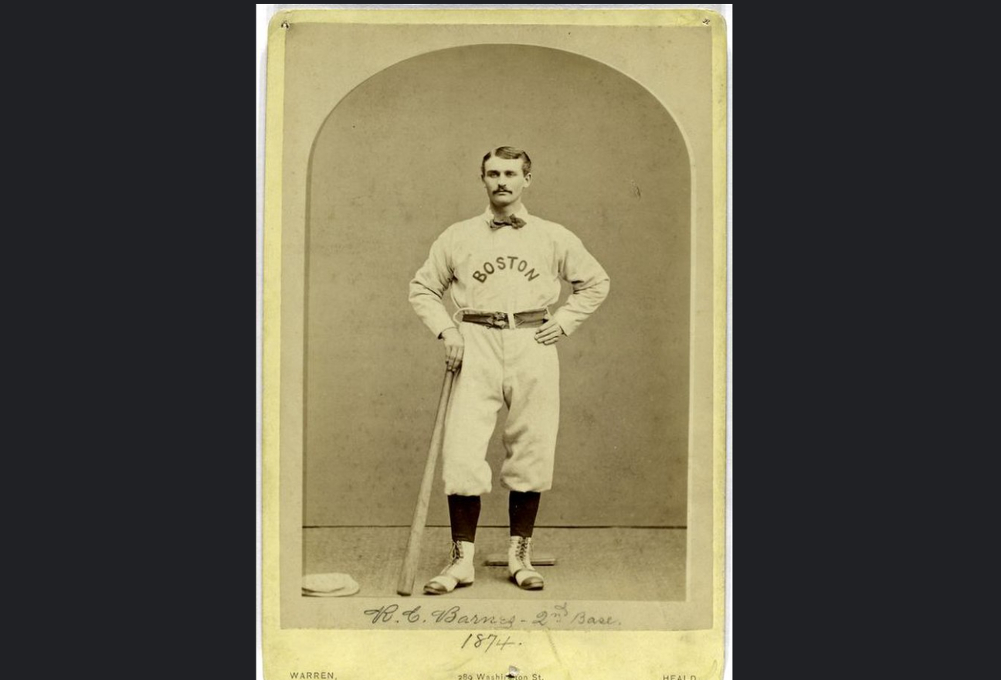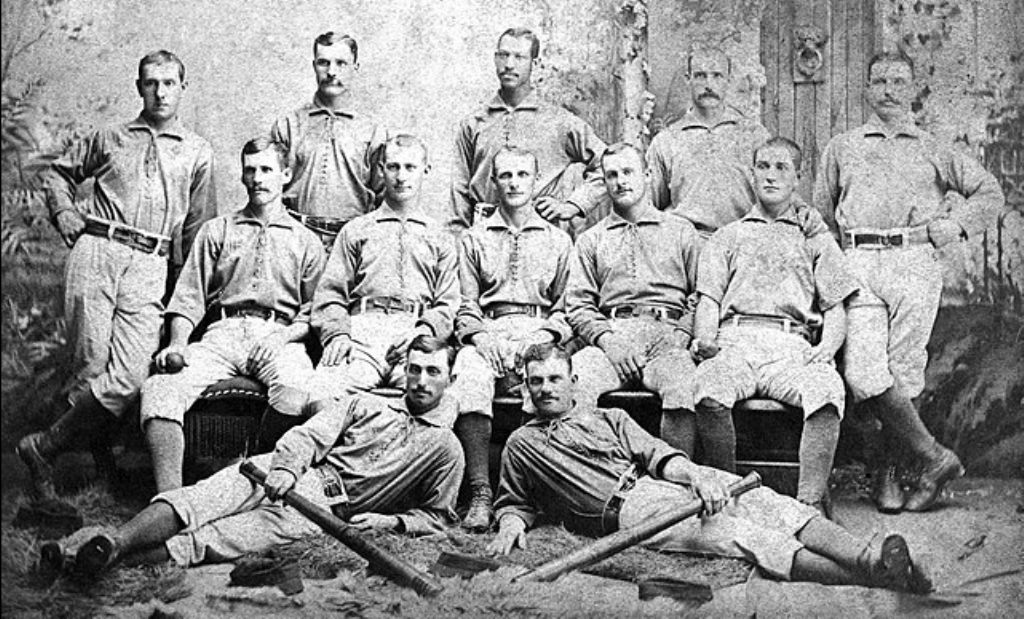Paul Silas Basketball Hall of Fame Legend
-Early Life of Paul Silas
Silas's journey began at Creighton University, where he established himself as a dominant force. Averaging a remarkable 20.5 points and a staggering 21.6 rebounds per game, he remains one of the few players in NCAA history to achieve such a feat. This dominance translated to the professional level when he was drafted by the St. Louis Hawks in 1964.
-Rise to The NBA Level
Despite not being a high draft pick, Silas quickly earned respect with his relentless work ethic and defensive prowess. He wasn't a scorer; his strength lay in his rebounding, his ability to defend multiple positions, and his leadership on the court. Silas was a vital piece of the puzzle for the Hawks throughout the 1960s, playing alongside legends like Lenny Wilkens and Walt Bellamy.
Though he never won a championship with the Hawks, Silas's dedication earned him a trade to the Boston Celtics in 1972. Here, he joined forces with another dynasty in the making. Playing alongside Hall of Famers like John Havlicek, Dave Cowens, and Jo Jo White, Silas became the glue that held the team together. His defensive contributions were instrumental in the Celtics' championship victories in 1974 and 1976. Silas's ability to guard taller players and his knack for anticipating plays made him a defensive anchor for the Celtics.
-Legacy and Basic Bio
Silas continued his journey with several teams throughout the late 1970s and early 1980s, showcasing his versatility and leadership. He eventually capped off his playing career with the Seattle SuperSonics, winning his third championship ring in 1979. Silas retired in 1980 as a three-time NBA champion, a testament to his ability to adapt and contribute to winning teams throughout his career.
Born July 11, 1943, in Prescott, Arkansas , was College Basketball Hall of Fame Forward Paul Silas. Paul was a member of the NBA Champship winning team in 1974, 76, the Boston Celtics. He also won the title with the 1979 Seattle SuperSonics, and was two-time NBA All-Star. Later Silas went on to coach the Charlotte/NO Hornets, Cleveland Cavaliers, and Charlotte Bobcats.
Bailey Howell's Legacy of Consistency
Emerging from Mississippi State as a unanimous All-American, Howell's journey began with the Detroit Pistons in 1959. There, he quickly established himself as a force, averaging a double-double in points and rebounds for his first six seasons. His smooth athleticism and precise shooting made him a scoring threat from anywhere on the court, while his defensive awareness and relentless hustle anchored the Pistons' back line.
His peak came in the 1960s, where he cemented his reputation as a champion and an All-Star regular. He moved to the Baltimore Bullets and later the Boston Celtics, playing alongside legends like Elgin Baylor and Bill Russell. While not the first scorer on the team, Howell was the glue, the dependable player who could be counted on for a solid performance night after night. His quiet leadership and unwavering work ethic earned him the respect of teammates and coaches alike.
His accolades speak for themselves: six All-Star appearances, two NBA championships, and even a brief stint as head coach of the Philadelphia 76ers. But statistics cannot fully capture Howell's essence. He wasn't flashy, didn't crave the spotlight, yet his consistency and professionalism made him a cornerstone of some of the league's most successful teams.
Dominating the Paint
Standing at a formidable 6-foot-8, Embry possessed a powerful physique and a scorer's mentality. Drafted by the Rochester Royals in 1968, he quickly established himself as a force in the league. His scoring prowess helped the Royals reach the playoffs multiple times, and his rebounding prowess made him a defensive presence. While never reaching the pinnacle of an NBA championship, Embry earned five All-Star selections during his eleven-year playing career, solidifying his place among the league's elite centers.
Breaking Barriers as an Executive
Embry's impact on basketball transcended his playing days. Following his retirement in 1969, he embarked on a groundbreaking career as an executive. He became the general manager of the Milwaukee Bucks in 1972, becoming the first African American to hold such a position in a major professional sport. Embry's keen eye for talent led him to draft Kareem Abdul-Jabbar, a move that would propel the Bucks to their first and only NBA championship in 1971. Embry's success paved the way for other African Americans to enter the front office, diversifying the NBA's leadership.
A Legacy of Excellence
Embry's career transcended individual achievements. He championed the importance of scouting and player development, emphasizing long-term success over quick fixes. His success with the Bucks led him to become the general manager of the Cleveland Cavaliers, where he continued to draft and develop impactful players.
A Visionary Leader
In 1994, Embry was inducted into the Naismith Memorial Basketball Hall of Fame, a testament to his combined achievements as a player and executive. His influence wasn't limited to just teams he managed. He served as a mentor for aspiring executives, particularly African Americans, helping to break down barriers and create opportunities within the league.
The Naismith Basketball Hall of Fame center of the Cincinnati Royals and Boston Celtics, Wayne Embry, was a five-time All-Star in the League. Embry is one of the top NBA players to have worn Jersey Number 15.
Satch Sanders
Satch Sanders' career with the Boston Celtics was synonymous with championship success. Drafted in 1960, he spent his entire 13-year professional career with the team, playing alongside legends like Bill Russell and John Havlicek. Throughout his time there, he established himself as a defensive cornerstone, known for his tenacity and ability to guard the league's best scorers.
While not known for his scoring prowess, Sanders averaged a respectable 10.9 points per game throughout his career. However, his true value lay in his defensive contributions. He was a master of positioning and anticipation, shutting down opposing stars night after night. This defensive prowess proved invaluable for the Celtics, as they won eight NBA championships during Sanders' tenure, solidifying him as one of the winningest players in NBA history.
Beyond his defensive contributions, Sanders was also a respected leader within the team. He served as a mentor to younger players and embodied the Celtics' winning culture. After his retirement in 1973, he continued his involvement with the Celtics, briefly serving as head coach and later focusing on player development programs. His impact on the franchise transcended his playing career, leaving a lasting legacy as a champion, a defensive stalwart, and a true Celtic.
Kenny Anderson
Ed Macauley Basketball Hall of Fame Center
Here's a quick rundown of the highlights of Macauley's impressive NBA career.
Born March 22, 1928, in St. Louis, Missouri, was Basketball Hall of Fame center and seven-time NBA All-Star, Ed Macauley. He attended and played collegiate hoops at the University of St Louis. Macauley played in the National Basketball Association from 1949–1959 for the St Louis Bombers, Boston Celtics, and St Louis Hawks. During his career, Macauley earned four All-NBA selections and won a championship with the Hawks in 1958.
-College Star and Early NBA Days
-Macauley excelled at Saint Louis University, earning All-American honors.
-Drafted by the St. Louis Bombers in 1949, he quickly established himself as a force in the fledgling NBA.
-Dominant All-Star and Scoring Threat
-A seven-time NBA All-Star (1951-1957), Macauley revolutionized the center position with his offensive prowess.
-He possessed a smooth shooting touch, exceptional footwork, and a knack for scoring in the paint.
-In 1951, he became the first-ever NBA All-Star Game MVP, showcasing his well-rounded skillset.
-Championship Glory and Legacy
-After stints with the St. Louis Bombers and Boston Celtics, Macauley found championship success with the St. Louis Hawks in 1958.
-He retired with a scoring average of 17.8 points per game, a significant number for a center in that era.
-In 1960, Macauley was enshrined in the Naismith Memorial Basketball Hall of Fame, becoming one of the youngest players ever inducted at the time (age 32).
-His jersey number (22) was retired by the Boston Celtics in 1963.
The Unfulfilled Promise of Bob Houbregs
Houbregs' journey began at the University of Washington, where he established himself as a force to be reckoned with. Standing at a formidable 6-foot-8, he possessed a rare combination of size, athleticism, and shooting prowess. Nicknamed "The Golden Brett" after his father Bobby Houbregs, a baseball player, he was known for his powerful one-handed jumpshot, a rarity in the 1950s. In his senior year, he averaged a staggering 34.8 points per game in the postseason, leading the Washington Huskies to the Final Four and earning him the title of NCAA Player of the Year.
Drafted second overall by the Milwaukee Hawks in 1953, NBA expectations were high. Houbregs didn't disappoint in his rookie season, showcasing his offensive skills and averaging a respectable 9.3 points per game. He seemed poised to become a cornerstone for the young franchise.
However, fate intervened in December 1955. During a game against the Knicks, Houbregs collided with a basket support, suffering a devastating back injury. He underwent surgery and missed the remainder of the season. While he attempted a comeback the following season, the injury significantly hampered his mobility and explosiveness. After playing just eight games in 1956-57, Houbregs was forced to retire at the age of 24, his NBA career tragically cut short.
Despite the brevity of his professional career, Houbregs' impact is undeniable. He holds the record for the highest scoring average in a single NCAA tournament (minimum four games) at 34.8 points per game. His influence extended beyond statistics – his one-handed jumpshot inspired future generations of players.
Bob Houbregs' legacy serves as a reminder of the fragility of athletic careers. He was a player with immense potential, destined for greatness, whose trajectory was tragically altered by injury.
Born March 12, 1932, in Vancouver, British Columbia, Canada was Bob Houbregs, a Basketball Hall of Fame Center and Power Forward drafted by the Milwaukee Hawks, in 1st round (3rd pick, 3rd overall), of the 1953 NBA Draft. Bob was Inducted as Player in 1987 to the Hall of Fame. He wore the jersey number of 14, 10, 20, 8, and 17. Houbregs played college basketball at the University of Washington.
Don Nelson Hoops Legend as a Player and Coach
Dino Radja's Storied Basketball Career
Born in Split, Croatia, in 1967, Radja developed a passion for basketball at a young age. Standing at a commanding 6'11", he possessed a rare combination of strength, agility, and shooting touch. His talent blossomed in his native Yugoslavia, where he became a key player for KK Jugoplastika (later Split). Under the legendary coach Željko Obradović, Radja honed his skills, becoming a dominant force in the European league. He helped Jugoplastika win three consecutive EuroLeague championships (1989, 1990, 1991), earning the EuroLeague Final Four MVP award in 1989. His signature post moves, powerful dunks, and surprising shooting range made him a nightmare for opposing centers.
Radja's international career was equally impressive. He led the Yugoslavian national team to a silver medal at the 1992 Olympic Games in Barcelona, showcasing his talent on the world stage. But it was his on-court partnership with his close friend Dražen Petrović that truly captivated, a beautiful, potent combination of power and finesse that left fans in awe.
In 1993, Radja decided to test his skills in the NBA, joining the Boston Celtics. Despite facing an adjustment period due to the faster pace and physicality of the American game, Radja displayed flashes of his brilliance. His ability to score in the paint and rebound effectively earned him not just respect, but admiration from his peers, with legends like Dennis Rodman acknowledging the challenge he posed. However, injuries hampered his NBA career, and he returned to Europe after two seasons.
Back in Europe, Radja continued to dominate. In 1998, he won the Greek League championship with Panathinaikos BC, further solidifying his reputation as a winner. He remained a force to be reckoned with until his retirement in 2003, leaving a legacy of dominance and resilience.
The Basketball Legacy of Danny Ainge
Ainge's playing style embodied hustle and heart. Undersized yet relentlessly competitive, he earned the nickname "The Microwave" for his ability to instantly heat up a game with his scoring bursts. While never averaging over 20 points a season, his clutch performances in high-pressure situations were legendary. He famously hit a game-winning three-pointer against the Milwaukee Bucks in the 1984 playoffs, a shot that cemented his place in Celtics lore.
Following his playing career, Ainge's shrewd basketball mind shone through. He transitioned seamlessly into the role of executive, first with the Phoenix Suns and later returning to his beloved Celtics as General Manager in 2003. He quickly gained a reputation for his bold trades and strategic maneuvering. Ainge masterminded the acquisitions of Kevin Garnett and Ray Allen, forming a "Big Three" that brought the 2008 NBA championship back to Boston, ending a 22-year title drought.
Throughout his tenure, Ainge continued to wheel and deal, accumulating draft picks and building a sustainable contender. He drafted future stars like Paul Pierce, Rajon Rondo, and Jayson Tatum, ensuring the Celtics remained competitive for over a decade. Even after stepping down as GM in 2021, Ainge remained with the organization as President of Basketball Operations, guiding the franchise through yet another rebuild.



